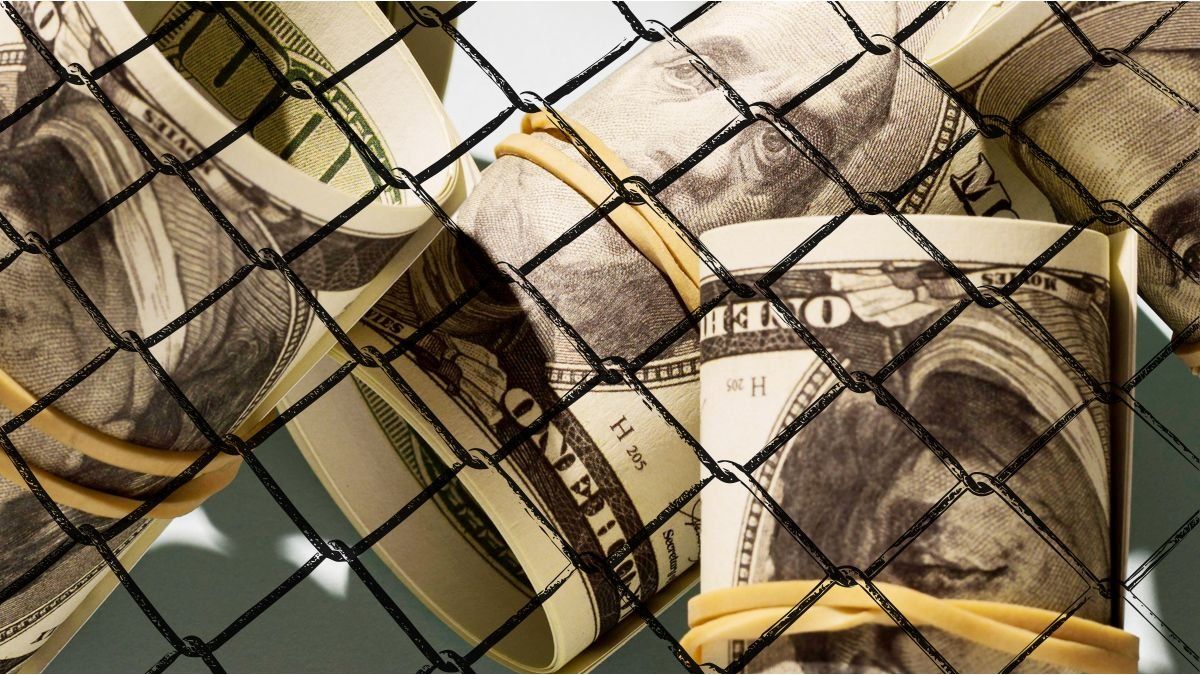The Government has just obtained an unquestionable political victory with the sanction of the basic law and the fiscal package. He immediately tried a three-cushion carom. Inaugurate the Phase 2 of his government based on the implementation of micro pro-market reforms and investments, secondly getting out of the financial quagmire and finally strengthening the search for macro stability.
This intended triple virtuous combination failed. Economic agents expected something else. The minister’s perception underestimated the nature of the concerns about the macroeconomic direction and specifically the widespread doubts on the exchange and monetary front.
The micro is always important and accompanies, but the macro precedes and delimits the path of determining variables on which businesses and projects later operate. For example, with an exchange rate that is lagging, with a negative interest rate that discourages savings, with a country risk of 1,500 basis points and a gap exceeding 50%, there will be no micro reform that will prevent a shock.
Where is the problem?
It would be unfair not to acknowledge the conviction and the results achieved on the fiscal front, as well as in the task of cleaning up the balance sheet of the BCRA (both aspects that were disastrously handled by the previous government). However, The economic authorities combine this success with the obstinacy of an error that consists of doubling the bet in favor of an exchange and monetary system that is exhausted for the challenges of this new stage.
In an insubstantial press conference the minister announced the status quo given by the rule of micro devaluation at 2%multiple exchange rates In the commercial segment, export dollar blend and low interest rates. Knowing the widespread anxiety that exists in the economy to know a roadmap to get out of the cepo, at this point he limited himself to saying that this is for the phase 3 set in 2025. No prudent person can claim that the task of removing existing restrictions is easy and instantaneous, but something is essential.
Get out of stocks It requires working on two simultaneous fronts: lowering the surplus of pesos, but also generating policies and instruments to accumulate reserves. There is a lot of the former, even overacting, but nothing of the latter (collecting dollars and gradually removing cross-restrictions between the official and parallel markets).
DOLLAR 1200
Friday’s message was more of the same. The merry-go-round will be deepened to more quickly remove liabilities from the BCRA and transfer them to the Treasury, overloading the banks’ balance sheets with greater risk and therefore the public’s savings. With the measures announced, the Treasury risk in the banks will be around 50% of their total assets.
When this positioning of the authorities is perceived and compared with the trend by which the BCRA began to lose reserves prematurely (just when a panorama of strong commitments is coming since the import tap is opened more and debt begins to mature) then expectations deteriorate more quickly.
Generating conditions for the opening of the currency controls requires a level of reserves that is incompatible with the current signals: the dollar is lagging and discourages the liquidation of foreign currency, the low interest rate is not related to the expected devaluation and puts pressure on parallel dollars, then the gap rises and again the expectation of devaluation and disincentives to sell foreign currency are reinforced.
The risks of the status quo and an opportunity: combining laws with the current situation
At the start of this second phase, a kind of turning point is faced. If the obsession with forcing the deflationary slide (even sweeping distortions under the rug again) so that both the exchange rate and the interest rate converge to 2% per month (keeping the monetary scheme of the cepo and tablita intact for several more months) the most likely thing is to end up with a bigger gap, more devaluation pressure and a growing shortage of dollars to import and face debt services in dollars.
This is the opposite of what is required to relax and open the currency controls. In real terms, this means a longer recession and potential contagion towards the fiscal and local currency debt front.
Alternatively, there is the opportunity to combine favorable aspects of the new laws with changes in the formulation of monetary and exchange rate policy. Specifically, money laundering and some shorter projects that can begin with the RIGI, which are a potential source of foreign currency, could be combined with partial, clear and continuous signals of the removal of obstacles and distortions in the exchange market.
At the same time, the pace of devaluation should be increased and the interest rate adjusted upwards. The current recessionary phase of the economy with little wage pressure gives rise to the expectation of a low pass-through in the event of a faster exchange rate, where a general set of goods and services have a dollar of between $1,000 and $1,100 incorporated into their prices. This agenda presents a much clearer direction for a scenario of unification and a reduction in country risk.
But at the same time, it has a better chance of reaching an agreement with the IMF and other organizations more quickly, which will involve new disbursements of dollars and therefore bring closer in time the removal of the restrictions and the normalization of the exchange market, which is so necessary for economic growth.
M&R Associates
Source: Ambito
David William is a talented author who has made a name for himself in the world of writing. He is a professional author who writes on a wide range of topics, from general interest to opinion news. David is currently working as a writer at 24 hours worlds where he brings his unique perspective and in-depth research to his articles, making them both informative and engaging.




